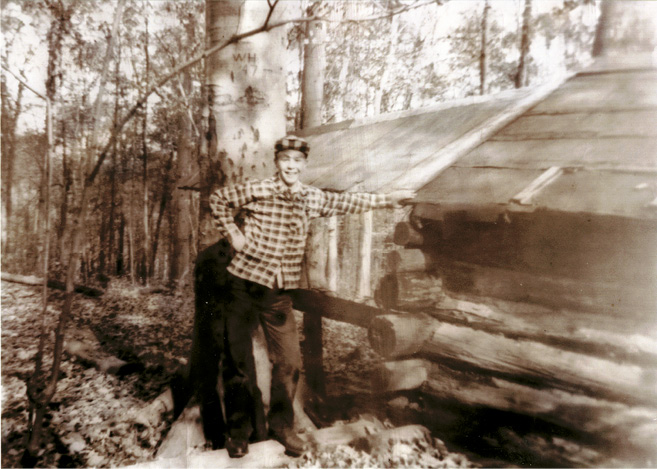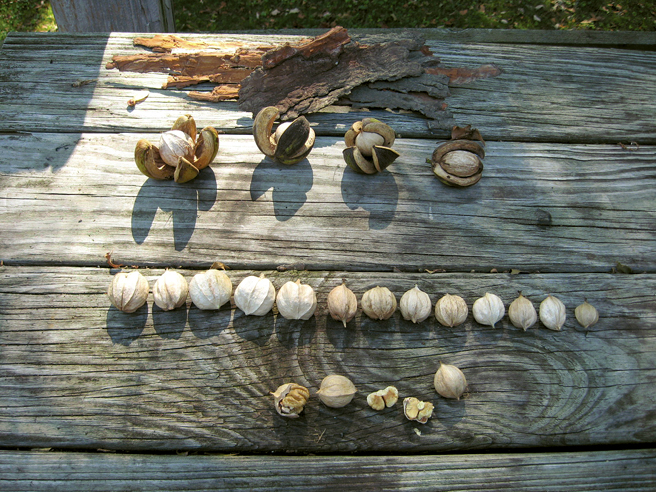
FIGURE 1. There is a wide variation in hickory nuts. All of these come from the same four-acre woodlot. The variation is in size, ease of cracking, quality of taste, and thickness of shell and husk.
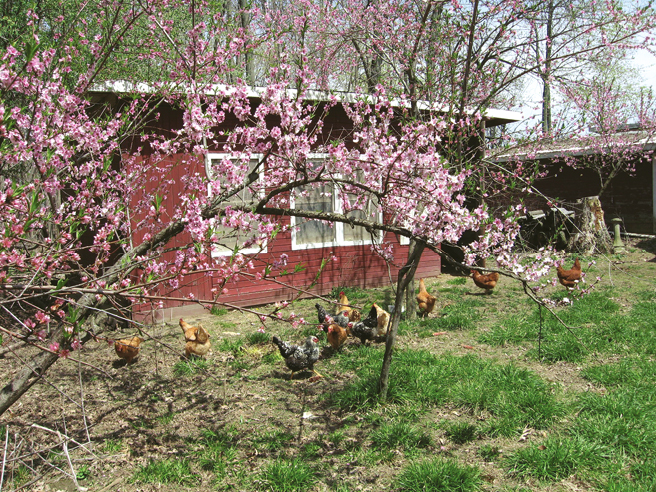
FIGURE 2. My peach trees grow well in a forest glade around the chicken coop. Surrounding trees protect somewhat from late frosts. Chickens control peach tree borers, and virgin forest soil means good healthy growth.
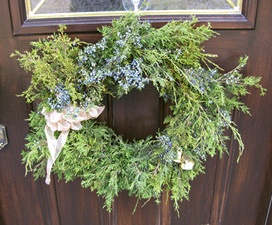
FIGURE 3. Boughs of red cedar make attractive Christmas wreaths. Bluebirds come right up to our door to eat the berries.
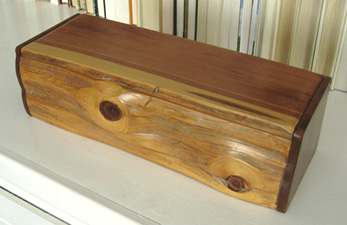
FIGURE 4. A cedar jewelry box made by Keith Downs from a red cedar that grew in the woods not far from the cabin where he was born.
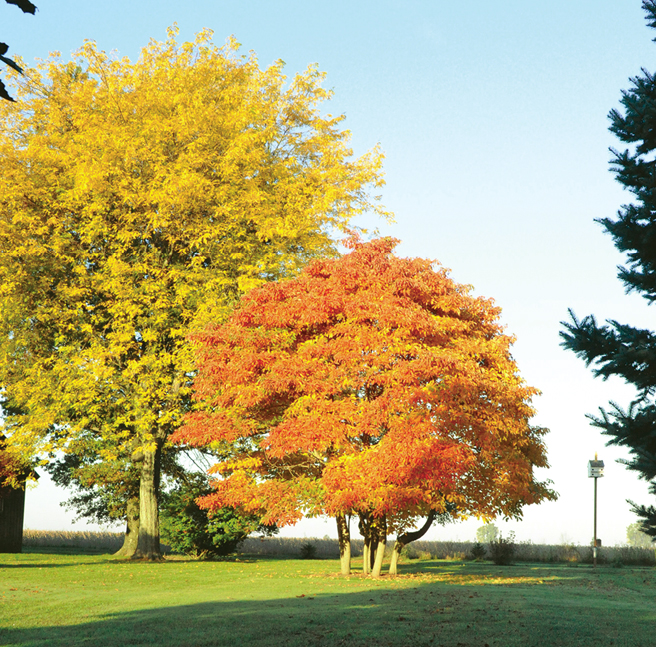
FIGURE 5. Sassafras is a woodland tree that also makes a beautiful lawn ornamental, as can be seen here. I dug up a sprout in the woods (see text for how to do this successfully) and planted it in my sister’s lawn. Note how it has grown more sprouts up around the main trunk to make a picturesque clump of trees. The foliage is obviously beautiful, and the tree has many food and herbal uses while attracting unusual birds and insects. In colonial times, tons of sassafras was shipped to Europe because it was thought to be very beneficial as an herb and tea, and it was often used in bed frames and chicken roosts because it supposedly repelled insects like lice and bedbugs. Photo by Dennis Barnes
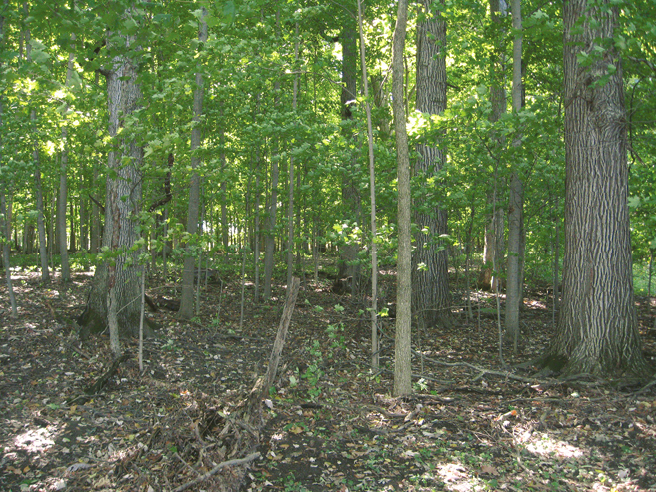
FIGURE 6. Mixed-growth woodland like this site next to our house will yield a cord of firewood and an eight-foot log for lumber per acre every year without diminishing itself.
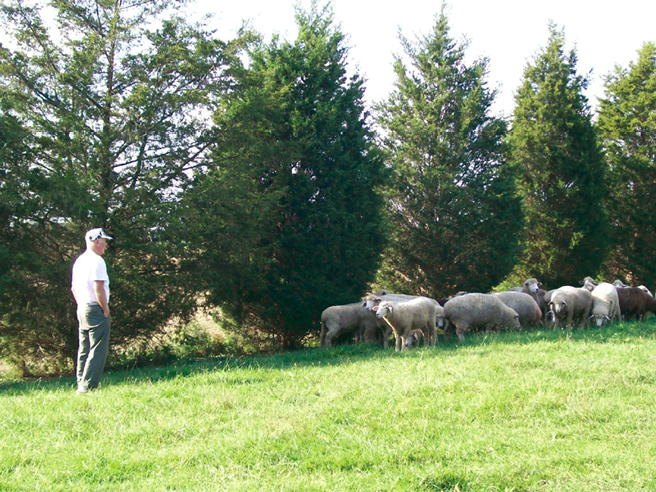
FIGURE 7. The author with his sheep in front of a cedar fencerow. The cedar trees shade the sheep in summer, protect them from harsh winter winds, and extend branches thickly above the fence so that deer won’t jump over. Photo by Evan Logsdon

FIGURE 8. The view out our kitchen window in late October. The maple trees are in their full golden glory.
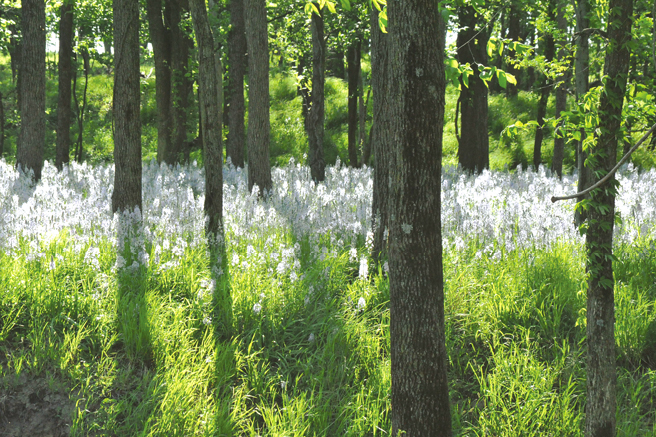
FIGURE 9. Almost miraculously, this lovely ground cover of wild hyacinths appeared in Adrian’s Woods a few years ago. None had grown there for decades. Native Americans and early white settlers ate the bulbs of this flower like we eat potatoes today. The trees here are young black walnuts, which my sister and brother-in-law, Berny and Brad Billock, the present owners of the woodlot, encouraged for future timber sales. Sheep graze this woodlot but obviously don’t eat the flowers. Photo by Dennis Barnes
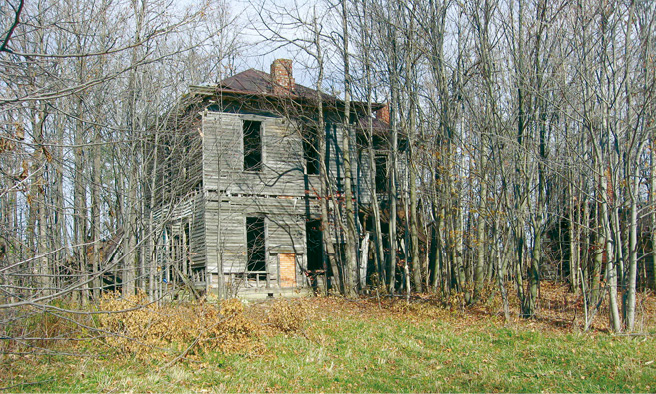
FIGURE 10. This is what happens when you don’t mow your lawn for twenty years. It grows up in trees, much like those in this photo of an abandoned farmhouse.
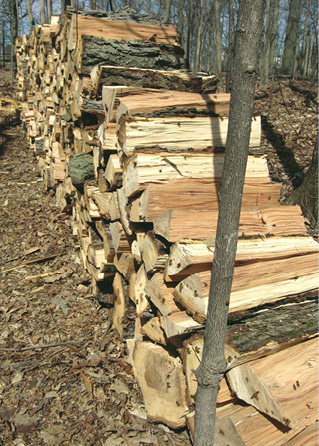
FIGURE 11. The bees on this hickory firewood may be hard to see in the photo, but as I split and stacked the wood on the first warm day of early spring, they came flying in from all over to suck up the sweet sap still in the fresh-cut wood. I could close my eyes and almost think it was May, not March.
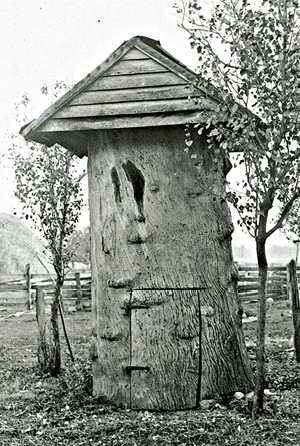
FIGURE 12. Sycamore trees often become hollow in old age. Pioneers used them for living quarters while building their first log houses. Some imaginative farmer removed the top off this tree, put a roof over what remained, and cut a door in the side to make a smokehouse. Photo from the historical collection of Otto Vent; courtesy of Dennis Barnes
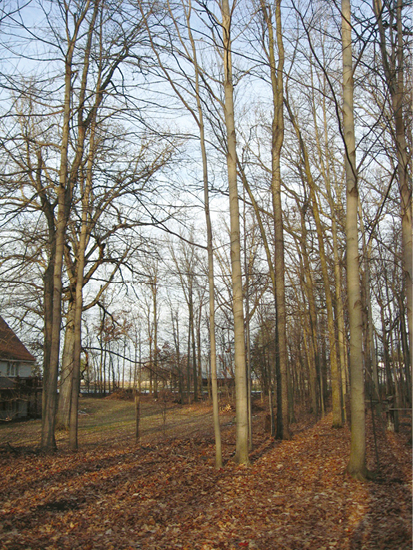
FIGURE 13. In a proper setting, you don’t have to prune side branches from trees to get good, clean logs. These trees are growing straight, tall, and limbless up to thirty feet without any pruning because available sunlight draws the trees upward, not outward, and naturally shades and prunes off the side branches. The tree in the center here is an American elm, which is usually seen as a spreading tree because it is normally planted in lawns or along streets where there is ample sunlight to grow lateral limbs. In a natural forest, almost all trees grow up, not out.
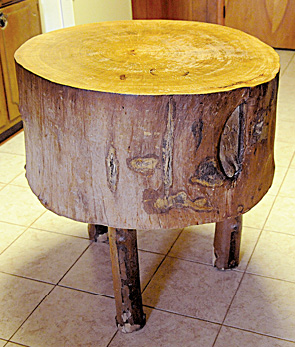
FIGURE 14. A prime example of “fast wood” products direct from the forest. This butcher block is a section cut from a sycamore log with legs on it. Jason Frey built it for his mother-in-law, and it has stood for many years now in her kitchen. Sycamore is a good wood to use for this purpose because it does not absorb odors from foods as much as most woods. Photo by Dennis Barnes
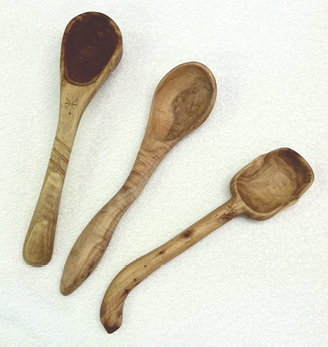
FIGURE 15. These spoons were hand-carved by Rich Roth from wood harvested in his seven-acre woodlot. He and his wife say they have saved $88,000 in twenty-five years heating their home with their own wood and have a growing business selling Rich’s practical art. Photo by Max Roth
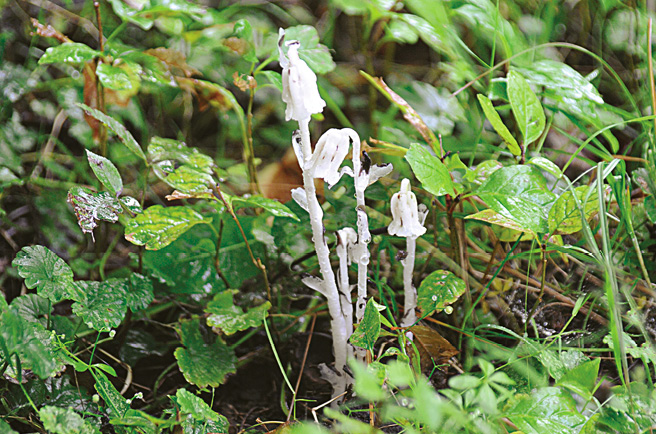
FIGURE 16. Indian pipe, often referred to as the ghost-flower, because, lacking green chlorophyll, the plant is a haunting silver-gray. In folklore it was thought to grow where a human body was buried or otherwise returned to organic matter in the woods. If so, many many human bodies must have been interred in Kerr’s Woods, because in the wet summer of 2011 scores of these plants grew up spontaneously where we had never seen Indian pipes before. Photo by Dennis Barnes
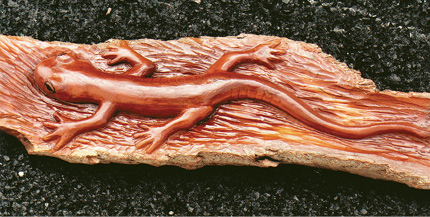
FIGURE 17. A chainsaw wood carving. Chainsaw sculpturing has become a high art—an example of the flowering of a new woodland culture. Photo courtesy of John Fichtner
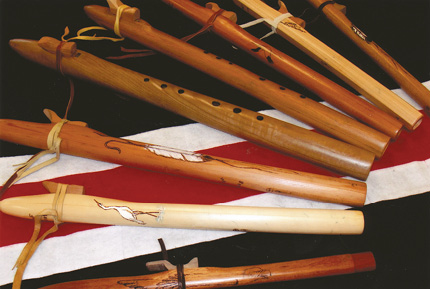
FIGURE 18. These wood flutes were made by John Fichtner and his high school students using wood directly from the forest. Mr. Fichtner composes music for the forest flute and plays the flute himself. Photo courtesy of John Fichtner
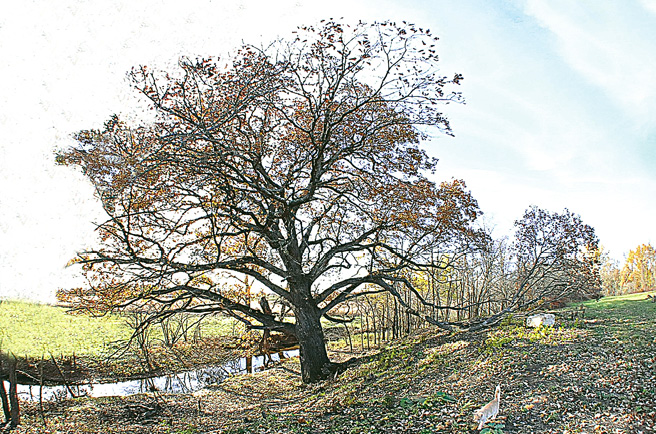
FIGURE 19. When we think of the architecture of a tree, we tend to look at its height more than its spread. This photo hardly does justice to this gigantic black oak with a trunk diameter of over six feet but does show that it has grown as wide as it is tall—note especially the branch on the right. Obviously in its early stage of life, some two hundred years ago, the tree grew in a clearing. Photo by Dennis Barnes
